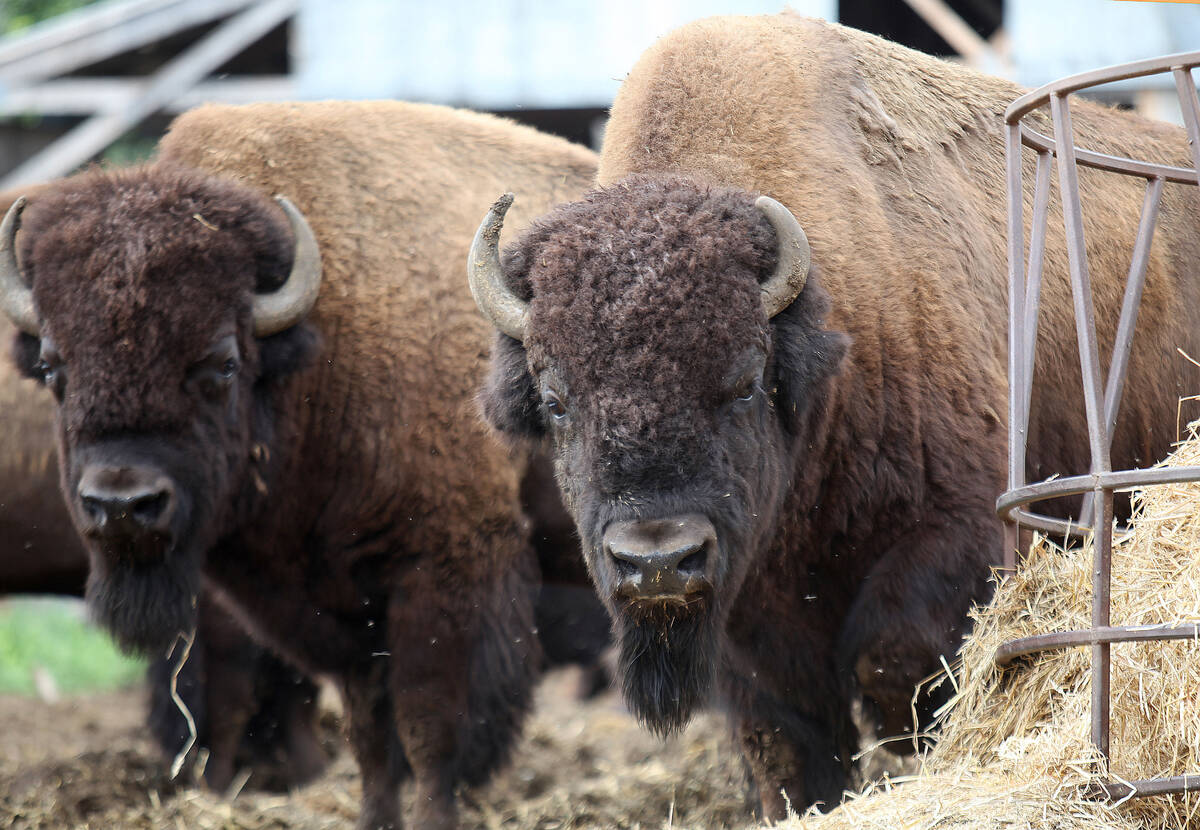It’s a bit early to ring alarm bells, but dryness is already taking a toll on prairie hay and crop potential. Without significant rain in the next couple weeks, concerns will escalate.
Your view tends to be coloured by the conditions you face on your own farm, and I’m certainly guilty of that.
However, if you look at precipitation maps since April 1, the entire western side of Saskatchewan and much of Alberta is facing a big moisture shortfall.
Many areas have received only a light shower or two all spring. Rain was occasionally in the forecast but never materialized.
Read Also

Reconciliation and farming require co-operation to move ahead
Indigenous communities in North America were cultivating crops such as potatoes and corn long before anyone from Europe had heard of the crops.
Rain was certainly abundant last fall. There wasn’t a big snow accumulation over the winter, but the saturated, frozen ground caused more runoff than expected.
Early seeding conditions were very good in my area of southwestern Sask-atchewn but the top layer became drier and drier as seeding progressed. Even now, there’s moisture far from the surface, but later seeded crop will need rain for decent germination.
Much of the crop seeded before the end of April has good establishment, and it’s actually looking pretty good if it survived the heavy mid-May frosts. Crops seeded after May 10 seem destined for spotty emergence unless there is rain.
We’ve become used to ample spring rainfall, even in the traditionally dry regions.
Rain is the great equalizer. Whatever you use for seeding equipment and nutrient placement, it all looks pretty good when there’s rain shortly after the crop goes in the ground.
When there’s no rain for an extended period, the type of ground openers and the seeding depth can make a big difference. Shallow seeded crops are a particular challenge in dry conditions.
Conditions are much different elsewhere on the Prairies. Flooded and saturated fields are still an issue in some regions. In many areas, producers enjoyed a reprieve from the in-credibly wet conditions of recent years. Seeding progress has been phenomenal and prospects are bright.
There may be a great deal of variability this year, but the factor most likely to limit prairie production is lack of moisture. After a number of years of too much rain, drought concerns are back.
There’s still time for the picture to change, but the clock is ticking. Crop potential will be significantly curtailed if the driest regions go another week or two without significant rain. At least there’s good subsoil moisture, so it wouldn’t take a huge amount of rain to improve prospects.
The subsoil reserve and fresh memories of recent wet springs have delayed the usual expressions of concern, but anxiety will heighten as crops begin to struggle.
Cattle producers should already be concerned. Tame hay and pasture growth bears little resemblance to what we’ve enjoyed in recent times. Moisture from last fall is quickly running out.
Even if we return to normal rainfall soon, anything more than an average hay crop is now unlikely in much of the dry region. Production never reaches full potential when early spring moisture is lacking.
Decision making in the dry region in the coming weeks will be heavily influenced by the weather forecast and how fields look as crops try to emerge. Producers will be more likely to hold some grain rather than cleaning out all their bins. Some bin purchases could be cancelled. Investments in new equipment will be less likely.
An inch of rain would make a huge difference.

















